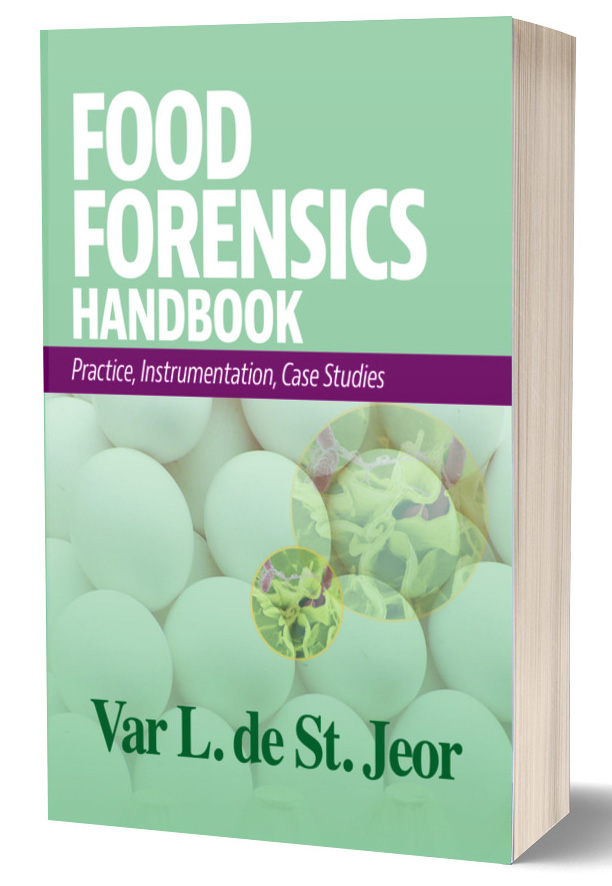House Bill Aims to Block USDA From Implementing Stricter Standards for Salmonella in Raw Poultry

Image credit: azerbaijan_stockers via Freepik
A bill introduced to the U.S. House of Representatives aims to prohibit the U.S. Department of Agriculture (USDA) from using federal funds to implement its proposed regulatory framework for Salmonella in raw poultry products. House Resolution (HR) 690 is sponsored by Representatives Tracey Mann (R-KS) and Steve Womack (R-AK), and its currently under review by the House Committee on Agriculture.
Rep. Mann is Chairman of the House Agriculture Committee’s Subcommittee on Livestock, Dairy, and Poultry, and Rep. Womack co-chairs the Congressional Chicken Caucus, which advocates on behalf of the poultry industry. A statement about the legislation from Rep. Mann’s office called USDA’s regulatory framework a “Biden-era regulation that could put producers out of business and drive up costs for consumers,” and claims the proposed rule is “not based in science nor indicates a major impact on consumer health,” calling it “nonsense.”
HR 690 is supported by the National Chicken Council (NCC), which has previously called USDA’s proposal “unnecessary,” arguing that it will “raise costs for producers and consumers, and will lead to an extraordinary amount of food waste with no impact on public health.” NCC expressed additional concerns about the impacts of the proposed framework, including holding raw chicken while waiting for test results shortening product shelf life, the health and welfare of birds being worsened by disrupted product and bird flow, the rule underestimating the financial burden to industry, and the rule's lack of prescriptive guidance to industry on how the requirements should be executed.
However, consumer advocates and public health stakeholders do not agree with Reps. Mann and Womack or NCC. Groups that have voiced support for USDA’s proposal to strengthen its regulatory oversight of Salmonella in raw poultry include Stop Foodborne Illness, Consumer Reports, and the Consumer Federation of America, among others, claiming that the rule will be beneficial to consumers and public health by reducing the national salmonellosis burden attributable to poultry, which has not substantially reduced, despite a reduction in the proportion of products contaminated with Salmonella at processing plants.
For an in-depth discussion about the ways in which FSIS was assessing the efficacy of its proposed framework for regulating Salmonella and the decision-making involved in its development, listen to this October 2024 bonus episode of the Food Safety Matters podcast with former USDA Under Secretary for Food Safety Emilio Esteban, Ph.D. and former U.S. Deputy Under Secretary for Food Safety Sandra Eskin, J.D.
Scientific Advice Informing USDA-FSIS’ Proposed Rule and the Goal to Reduce Foodborne Illness
The regulatory framework proposed by USDA’s Food Safety and Inspection Service (USDA-FSIS) would set an enforceable final product standard for Salmonella at certain levels with a focus on five serotypes of public health significance, deeming the pathogen to be an “adulterant” when it exceeds certain levels in raw poultry. The framework would also require Salmonella testing and monitoring in facilities. As part of its strengthened regulatory approach to Salmonella in raw poultry, in April 2024, FSIS finalized a determination declaring Salmonella an adulterant in raw, breaded and stuffed, not-ready-to-eat (not RTE) chicken products at levels exceeding 1 colony forming unit per gram (CFU/g).
FSIS’ goal for the regulatory framework is to reduce human cases of salmonellosis attributable to poultry products, because, although FSIS’ current Salmonella verification sampling program has been effective in reducing the proportion of poultry products contaminated with the pathogen, it has not translated into a reduction in foodborne illness. While FSIS is focused on the reduction of foodborne illness attributable to raw poultry, Rep. Mann’s office claims that the proposed rule “disregards data from USDA that found Salmonella outbreaks have decreased 60 percent since 2020 and that more than 97 percent of whole chickens tested negative for Salmonella as recently as 2022.”
HR 690 is contrary to the recommendations of the U.S. Government Accountability Office (GAO), which has called into question the efficacy of national food safety oversight in several reports published at the beginning of 2025. Notably, in a February report, GAO underlined that USDA-FSIS has missed a goal to reduce Salmonella on poultry with consequences for foodborne illness by a large margin. According to the most recent progress report, although the agency aimed to reduce the proportion of poultry samples with Salmonella serotypes commonly associated with human illness by 4 percent, the proportion of such samples have increased by 22 percent.
Additionally, USDA-FSIS’ proposed framework considers scientific advice from the National Advisory Committee on Microbiological Criteria for Foods (NACMCF), which involved an extensive review of the scientific evidence on Salmonella control in the U.S. and abroad, foodborne illness surveillance data, quantitative microbial risk assessments, and microbiological testing of indicator organisms vs. Salmonella on poultry throughout the farm‐to‐fork continuum. According to NACMCF, which has acknowledged the overall reduction of Salmonella in poultry products, “there has not been a concomitant reduction in overall Salmonella illnesses nor in the proportion attributed to poultry from outbreak data.” Regarding the proportion of salmonellosis cases attributed to poultry, of the estimated over 1 million cases of foodborne salmonellosis acquired annually in the U.S, over 24 percent are attributed to consumption of chicken and turkey products, per NACMCF.
Support for—and Arguments to Strengthen—the Proposed Rule
USDA-FSIS’ regulatory approach is supported by consumer protection groups like Consumer Reports, with the group advocating for even stricter enforceable product standards. In a comment letter submitted in response to FSIS’ Salmonella framework for raw poultry products, Consumer Reports stated, “We strongly support FSIS taking action to set enforceable product standards for Salmonella for various poultry products, which will improve public health by dramatically reducing the presence of dangerous Salmonella in poultry and the number of foodborne illnesses that result from consumption of these products.” The group went on to call the rule “too lax,” and asked the agency to consider setting the same enforceable product standards for all raw poultry products as it did for raw, breaded and stuffed, NRTE chicken products.
Similarly, in a November 2024 letter to former FSIS official Dr. Emilio Esteban, Stop Foodborne Illness wrote “USDA’s Salmonella proposal represents an important milestone in setting enforceable safety standards and applying them where they matter to consumers: on poultry products themselves, rather than on the poultry processing establishments. Nevertheless, the rule is too narrow in its protections for consumers because it includes enforceable standards for just three of the many pathogenic serotypes of Salmonella and addresses only 43 percent of poultry-related Salmonella illnesses.”
Looking for a reprint of this article?
From high-res PDFs to custom plaques, order your copy today!







